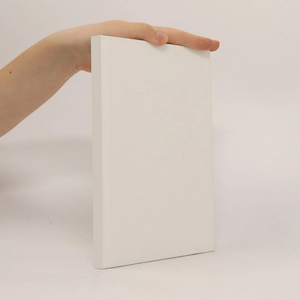
En savoir plus sur le livre
The reflection of neutrons from surfaces has been an experimental technique for nearly fifty years, but it is only in the last decade that these methods have gained immense popularity as probes of surfaces and interfaces. This surge can be attributed to several converging factors, including the availability of intense neutron sources that allow for the measurement of reflectivity and the study of much weaker surface diffuse scattering of thin films in greater detail. The growing importance of multilayers in both basic research and technology has highlighted the critical role that surface roughness plays in properties and interfaces. Additionally, advancements in statistical models for characterizing roughness and its dependence on growth processes have enhanced surface scattering experiments. The ability of x-rays and neutrons to study surfaces over four to five orders of magnitude in scale, regardless of their environment (temperature, pressure, etc.), makes these probes preferred for obtaining information about microstructures. This approach complements imaging techniques, leading to a significant increase in published studies in the literature over the past few years. These lectures will serve as a valuable resource for understanding these developments.
Achat du livre
X-ray and neutron reflectivity, Jean Daillant
- Langue
- Année de publication
- 1999
- product-detail.submit-box.info.binding
- (rigide)
Modes de paiement
Personne n'a encore évalué .
